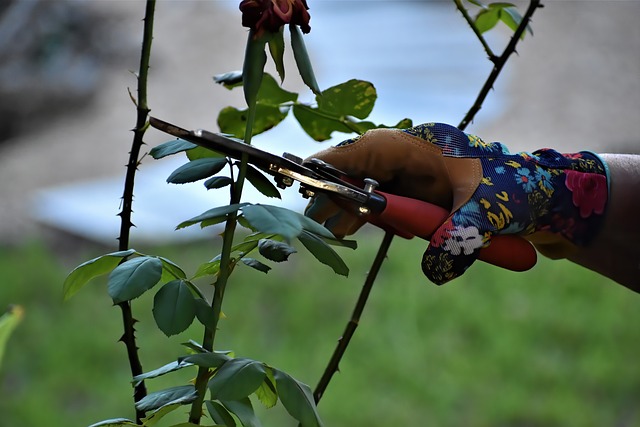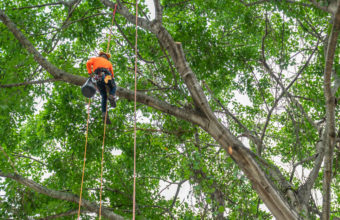When pruning branches, the angle at which you make the cut is crucial for promoting healthy growth and healing of the tree. The general guideline is to cut branches at an angle that mirrors the branch collar’s angle, without damaging the collar itself. The branch collar is the slightly swollen area of tissue at the base of a branch where it connects to the trunk or to a larger branch.
Here’s how to approach the branch collar…
Proper Pruning Angle and Technique
- Identify the Branch Collar – Look for the raised or wrinkled area where the branch joins the trunk or another branch. The branch collar contains cells that will help heal the pruning wound.
- Angle the Cut – Make your cut just outside the branch collar, avoiding a flush cut against the trunk. The cut should be made at a slight downward angle away from the stem, generally following the natural angle of the branch collar, which is often around 45 degrees to the branch being removed. This can vary depending on the tree species and the specific structure of the branch collar.
- Don’t Leave a Stub – Leaving a stub can interfere with the tree’s natural healing process and may lead to decay or disease. The goal is to make a clean cut that allows the tree to heal efficiently while preserving the branch collar, which is essential for proper wound closure.
- Avoid Tearing the Bark – Start with an undercut about a third of the way through the bottom of the branch, a few inches away from the collar. Then, make a top cut from the outside of the first cut, moving towards it until the branch falls away. This prevents the falling branch from tearing the bark down the side of the tree. Finally, make the final cut just outside the branch collar as described above.
Considerations
- Tool Selection – Use sharp, clean pruning tools appropriate for the size of the branch. Smaller branches can be cut with hand pruners or loppers, while larger branches may require a pruning saw.
- Timing – Although the technique for making the cut remains consistent, the best time of year to prune can vary depending on the species of the tree and local climate conditions. Generally, late winter or early spring, before new growth begins, is a good time for most trees.
Aftercare
- Wound Dressings – It was once common practice to apply wound dressings or tree paint to pruning cuts, but research has shown that most trees heal better without them. They can actually inhibit the natural healing process and may trap moisture and decay.
Proper pruning technique, including the angle and placement of cuts, is essential for the health and structural integrity of trees. It encourages wound healing, promotes healthy growth patterns, and can prevent future problems with pests and diseases. When in doubt, consulting a professional arborist can ensure that pruning is done correctly and safely.






